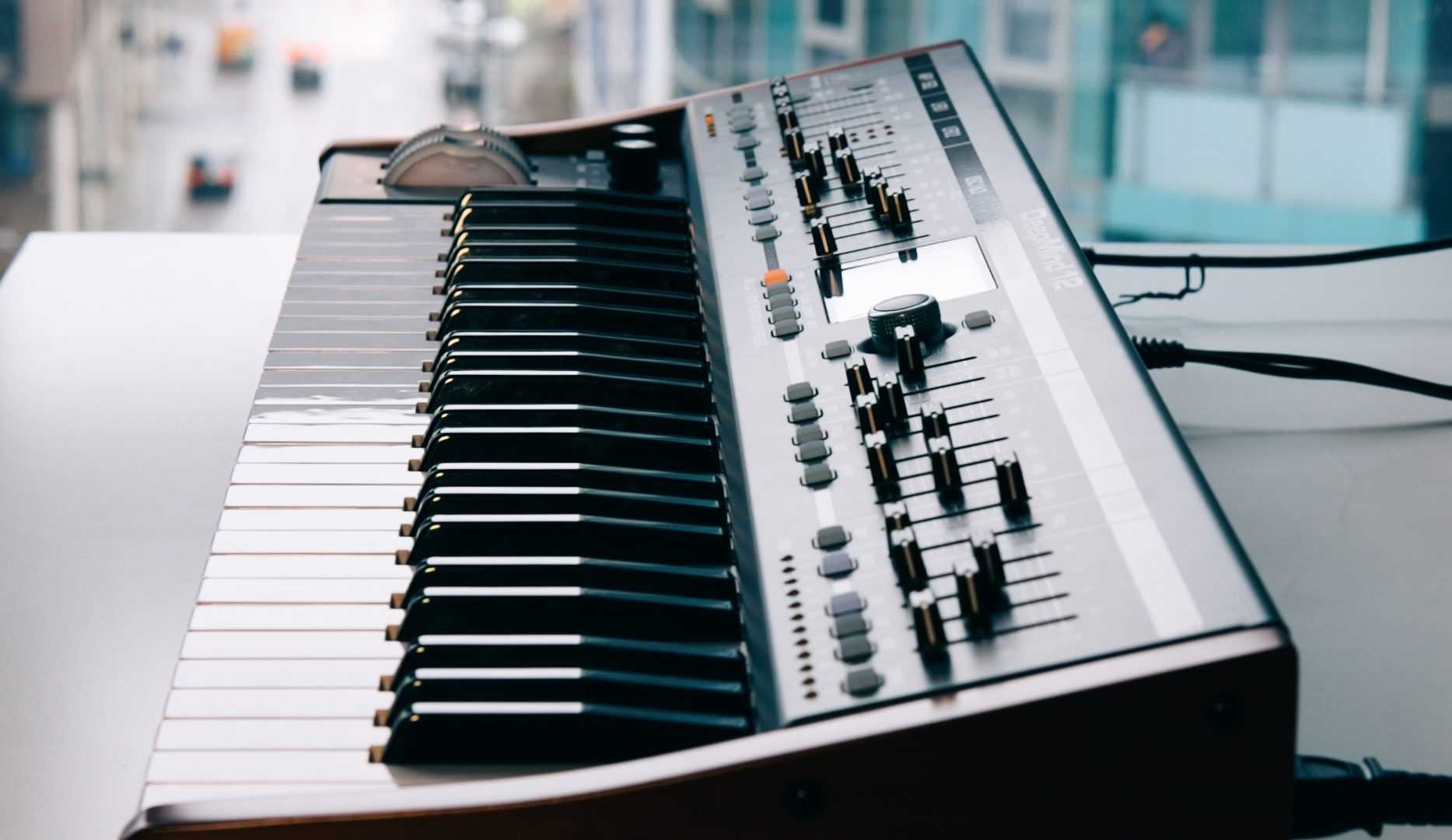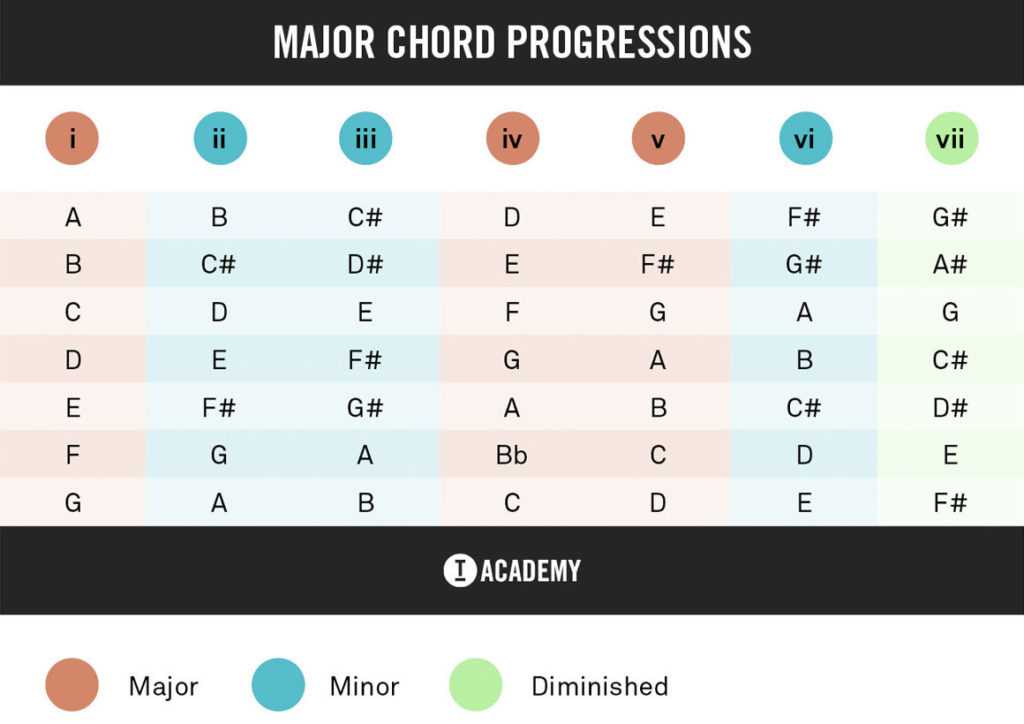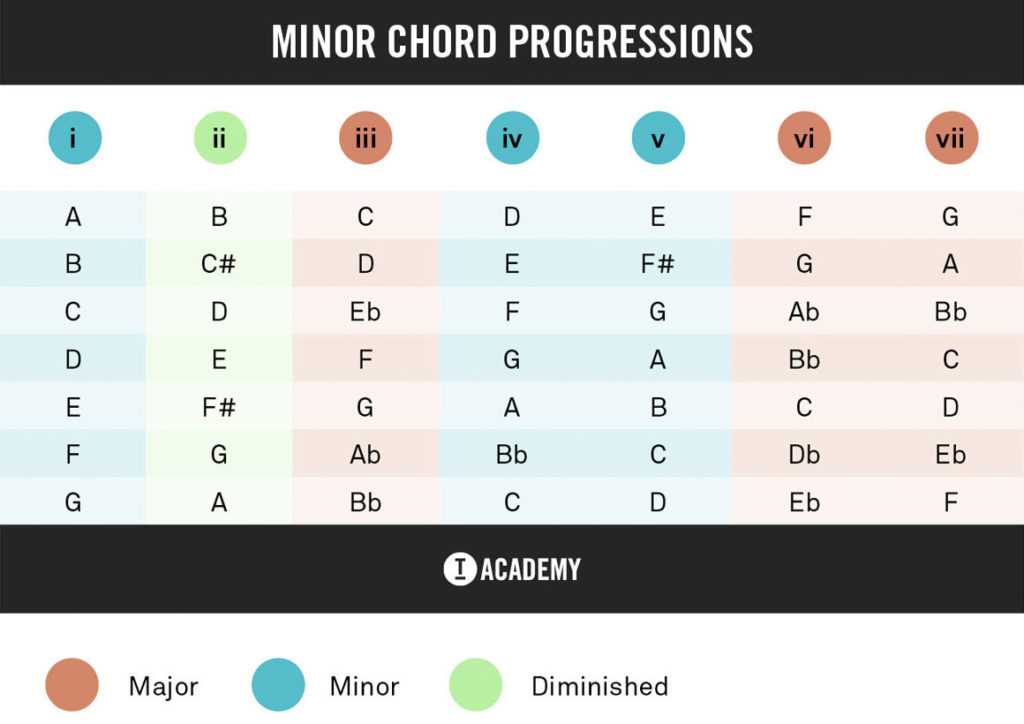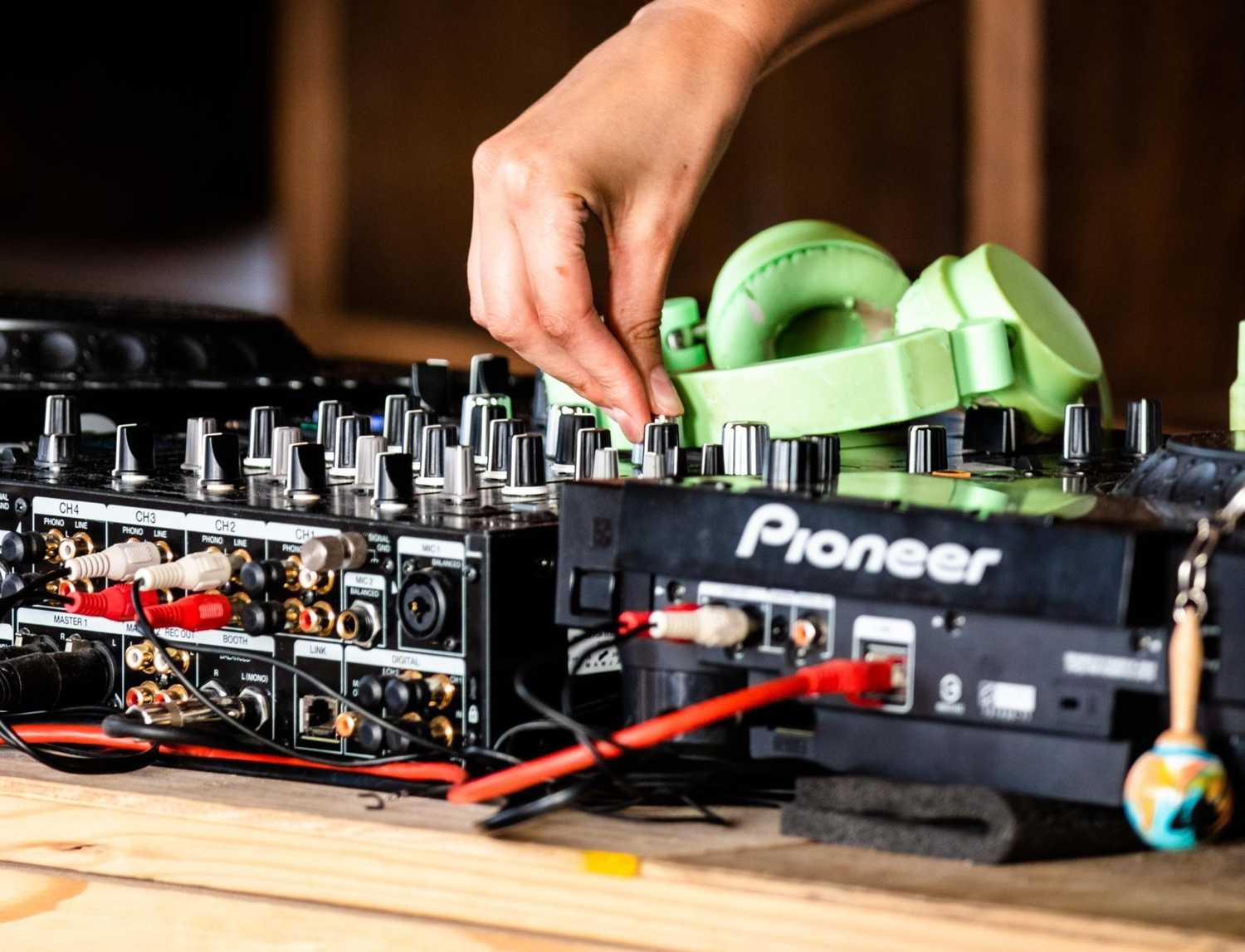has been added to your cart.

How To Write Music With A Chord Progression Chart
Read on to learn more about chord progressions, how to turbocharge your productions with our chord progression chart, and even a few example chord progressions you can r̶i̶p̶-̶o̶f̶f̶ use in your own productions.
Understanding chord progressions is perhaps the most important skill for any songwriter to master. While understanding basic music theory and scales is certainly important, these skills are largely useless unless you can put the right chords in the right places. Fortunately for you, we’ve streamlined this process for you by making a convenient chord progression chart as a free gift to you.
Thank us later.
While downloading a MIDI pack or manually punching in chords into your DAW is great and all, you still need to know how to place chords in a proper order to learn how to create a catchy tune.
Read on to learn more about chord progressions, how to turbocharge your productions with our chord progression chart, and even a few example chord progressions you can r̶i̶p̶-̶o̶f̶f̶ use in your own productions.
Just don’t tell anyone, okay? 😉
Let’s get started!

What Are Chord Progressions?
If you’ve ever listened to music, you’ve heard a chord progression. It’s that simple.
A chord progression is a simple, harmonic succession of the three-note (or more) delights that we call chords.
Chord progressions are absolutely fundamental to virtually every style of music that exists (except, maybe Techno). Ranging from classical music to the records that we release to this very day, chord progressions are largely the essence of most music itself.
If you’re learning how to be a music producer, you’d be foolish not to understand the basics of chord progressions.
But, you don’t need to be a music major to learn how to place chords in an arrangement. In fact, a basic system of roman numerals can fast track your progressions to sounding professional in no time.
Why Use A Chord Progression Chart?
Simply put, just because you put two chords next to each other does NOT mean they will send good in sequence with one another.
In fact, chances are just putting any random two chords next to each other will sound pretty bad.
Most producers who aren’t classically trained in piano will literally toil for hours, trying chord after chord until they come up with something that’s semi-decent. We’ve all done it! As they say, you’ve gotta break a few eggs to make an omelet.
And in this case, the egg is your patience as a producer!
While there’s nothing wrong with doing it this way, it’s ridiculously inefficient and is a great way to waste a whole day in the studio.
Fortunately, there’s a better way to go about this process.
The Only Chord Progression Charts You Will Ever Need


Now, if this looks like a foreign language to you, don’t fret. Read on to understand just why we use roman numerals when delineating specific chords in sequence.
Understanding Roman Numerals: Hacking Chord Progressions
Our chord progression chart breaks down chords as simple, easy to read roman numerals. Doing this is important as it allows you to quickly code out a chord progression like so…
I-IV-V
I-V-vi-IV
…and so forth.
Best of all, these patterns of roman numerals actually transcend whichever key a song is in. In other words, you can take these same progressions and apply them to whichever key you happen to be working in.
As such, instead of thinking: “Okay, I’m going to put A, D, and E together,” you think “I, then IV, then V.”
And, this very chord sequence is perhaps the most used in the history of music.
I-IV-V In Different Keys
Below, we have I-IV-V, displayed in a variety of keys.
That’s just how versatile this progression is. Hundreds of thousands, if not millions of songs rely on this exact structure. Ever seen those viral videos that claim to know why all pop music sounds the same?
This is why. Take note.
C major: C-F-G
D major: D-G-A
E major: E-A-B
F major: F-B♭-C
F♯ major: F♯-A♯-C
G major: G-C-D
A♭ major: A♭-D♭-E♭
A major: A-D-E
B♭ major: B♭-E♭-F
B major: B-E-F♯
Starting to make sense? Good. You’ve officially fast-tracked your way to writing chords.
Even though we don’t suggest producers trying to break into the Tech House scene release piano house records, being able to riff out a few chords on the fly is a timeless skill that every producer should have.
Other Common Chord Sequences
I – I – I – I – IV – IV – I – I – V – V – I – I – The “12 Bar Blues”
ii – V – I – The Cadential Chord Progression
I – V – vi – IV / V – vi – IV – I – The Sensitive Songwriter
I – V – vi – iii – IV – I – IV – V – Cannon in D Minor
…and so forth. These are just four sequences to get you started. As we say here at Toolroom Academy, improvise and adapt!
How To Use Chord Progressions In Your Music
The type of chord progressions that you employ in your music is going to vary significantly depending on what style you’re making. For example, plenty of hit songs have been built on just two chords.
That’s right. Two chords. How boring.
Now, this is more of the exception as opposed to the rule. But, as someone who’s brand new to using chords in their music, we suggest keeping it simple. Start with a simple progression of two to three chords. Get them to fit together nicely, and expand accordingly.
Ultimately, it’s on you to experiment with the above charts to see what sounds good, and what does not. Trust us when we say that everything comes back around in popularity, eventually.
Learning how to use chords is just as much an exercise in increasing your competence as a producer as it is a way of drafting out new ideas. Even if the use of chords in your genre isn’t popular right now, you have to remember that Electronic music is cyclical.
Pro-tip: If you really want to get crazy with your chord progressions, check out this piece from our friends at Mixed In Key. They also make some seriously wicked software for production and DJ’ing alike.
Plus, there’s definitely no saying that music built on chord progressions won’t overtake the current, drone-y club rollers that are topping charts in 2019.
Take this chord chart, and print it out and hang it up on your studio wall. Reference it any time you’re stuck on coming up with a new instrumental hook.
Thank us later.

Music Theory: Unlocked
We’d be lying if we said that every music producer on the scene today is a skilled practitioner of theory.
In fact, we’d be totally lying.
Despite the fact that today’s DJs love saying that they’re “classically trained,” many of them rely on chord charts such as these and a series of other techniques to bring their tracks to life.
And, if you’re looking to learn the tips and tricks that professional producers use every day to make their tracks stand out, look no further than Toolroom Academy’s Creativity Unlocked Production Course.
The 16-week program teaches you how to take full control of your compositions, using tried and true techniques to give your tunes the “hook” they need to capture the attention of the best and brightest in today’s music world.
Toolroom Academy takes a “lean and mean” approach to its educational style. While other courses may have you thinking that you should try to become a professional engineer or a classically trained pianist to excel in making credible House, Tech House and Techno, we tend to think otherwise.
Creativity Unlocked teaches you a whole host of creative strategies and advanced production techniques that will make your tracks truly stand out from the crowd. Best of all, Toolroom’s senior A&R team is along for every step of the journey, allowing you to have insider access to a team that’s normally reserved for touring artists alone.
…and that, my friends, is genuinely invaluable.
So, what are you waiting for?
Learn the secrets you need to accelerate your music production career and get in touch with us today.
Login
X
